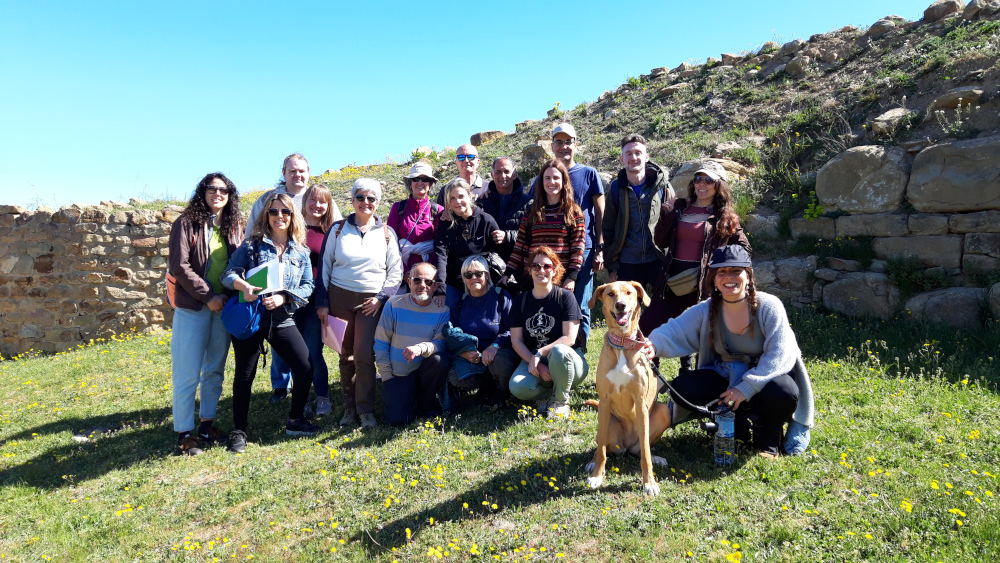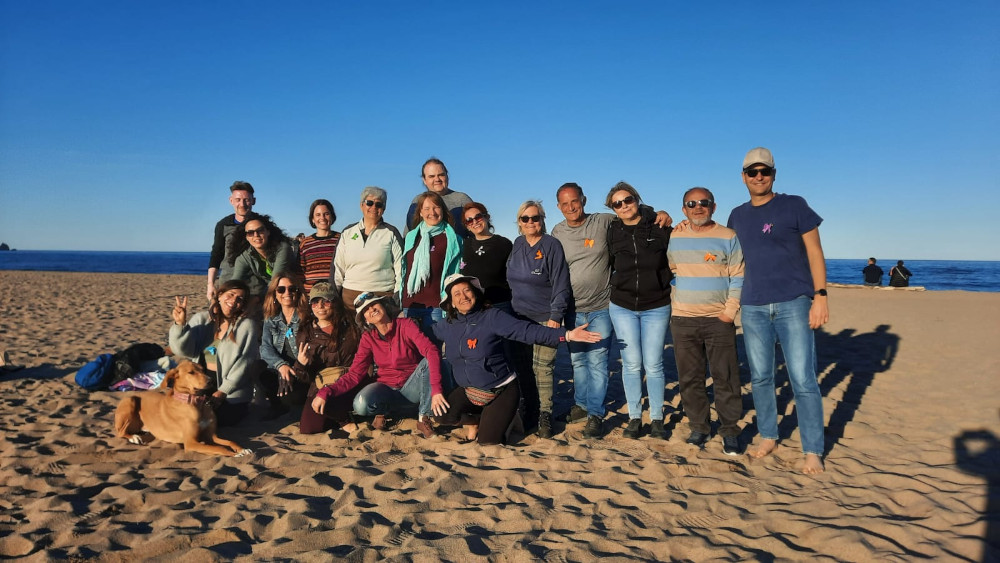Cultural Visit to the Iberian Settlement of Ullastret (Sabadell, Spain)
A guided tour of the archaeological remains of Ullastret was given by students and teachers from the philosophy school of Sabadell. Ullastret was the largest Iberian city on the peninsula and its remains are fortunately in a very good state of conservation.
The tour included information on the salient characteristics of the Iberian culture, such as the position of women and their style of art. The site contains the remains of a small family house, as well as a nobleman’s house, an acropolis with its two temples and a museum, which houses spectacular artefacts from the settlement, and also from the nearby Greek city of Emporion, 15 km away, with which they maintained a thriving trade. The city had a population of around six thousand and was inhabited between the 6th and 2nd centuries BC.
Ullastret was a vibrant city in the Iron Age and its inhabitants were renowned for their excellent gold and silver work. Iberian swords and sheaths have been found, which are exhibited in museums all over the country due to their high quality of preservation.
In terms of deities, they worshipped the wolf, the protective god Bes (of Egyptian origin), as well as the Greek goddess of nature and fertility, Demeter, due to the influence of their Greek neighbours from Emporion. Also through the influence of Greece, the Iberians of Ullastret developed writing.
Another outstanding feature of this beautiful city is its wall, with seven circular protective towers, each ten metres in diameter, as well as the moat that surrounded it, twelve metres wide and four metres deep. In this way, the Iberians ensured a good defence, especially against other Iberian groups who came to the city in search of food during periods of famine. Two hundred and thirty silos were also found in the city of Ullastret where barley, oats and especially wheat were stored. Interestingly, ancient chronicles tell us that these well-sealed silos could store grain in perfect condition for a hundred years.
In the afternoon, there was an excursion along the Ter estuary which took us to the beach, where there were group games and a discussion of the knowledge about the Iberians we had learned during the guided tour in the morning. It was a wonderful day out, enhanced by the sharing of knowledge, a sense of connection to the past and a spirit of fun and camaraderie.


